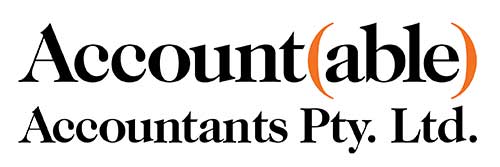SUPER CONTRIBUTIONS END OF FINANCIAL YEAR TAX STRATEGIES

The end of the financial year is a great opportunity to look at strategies that could add value to your position. The following section contains some tips to help you maximise your super.
Contribution limits
For the 2019/20 financial year the maximum non-concessional (or after-tax) super contributions are capped at $100,000 per person per year or up to $300,000 over three years using the bring-forward provisions. The ability to make non-concessional contributions and take advantage of the three year bring forward provision is subject to your total super balance at 30 June the previous financial year, your age and whether you have satisfied the work test (if between ages 65–74). Concessional contributions, or those made with pre-tax money, are limited to $25,000 per person per year. Unused concessional contribution caps from the 2018/19 financial year and later years may be used for up to five financial years as long as the member’s total superannuation balance on 30 June prior to the financial year of contribution is less than $500,000. Please note, voluntary concessional contributions, such as salary sacrifice or personal deductible contributions, are subject to age restrictions and the work test and work test exemption (if between ages 65–74).
Salary sacrifice
A salary sacrifice strategy allows you to make contributions to super from your pre-tax salary. Your salary is then reduced by the amount you choose to sacrifice. The benefits of this are two-fold: not only does your super balance increase, but this strategy could also reduce your taxable income and therefore the amount of tax you pay. Also, super contributions are concessionally taxed at just 15% (up to 30% for individuals with income over $250,000) instead of your marginal tax rate, which could be as high as 47%.
Personal deductible contributions
Since 1 July 2017, if you are eligible to contribute to super, you may make voluntary personal contributions and claim a tax deduction up to your concessional contribution cap. This gives you greater flexibility to top up your concessional contributions made by your employer, especially if your employer does not offer salary sacrifice. For example, you can time your final contributions leading up to 30 June each year and make the most of your concessional contribution limits and the resulting tax benefits.
Super co-contributions
If you receive at least 10% of your income from employment or self-employment and you earn less than $38,564, you may be eligible for the maximum super co-contribution of $500 from the Government for an after-tax contribution to super of $1,000. The co-contribution phases out once you earn $53,564 or more. The ATO uses information on your income tax return and contribution information from your super fund to determine your eligibility.
Super splitting
If you want to split your super contributions with your spouse, don’t forget this usually can only be done in the year after the contributions were made. Therefore, from 1 July 2020, you may be able to split up to 85% of any concessional (or pre-tax) contributions you made during the 2019/20 financial year with your spouse. Apart from making the most of your super, there are other ways you can minimise your tax liability.
Here are some Fact Sheets from Consultum with helpful information and real examples of how this all works:
Government Superannuation Co-Contribution
